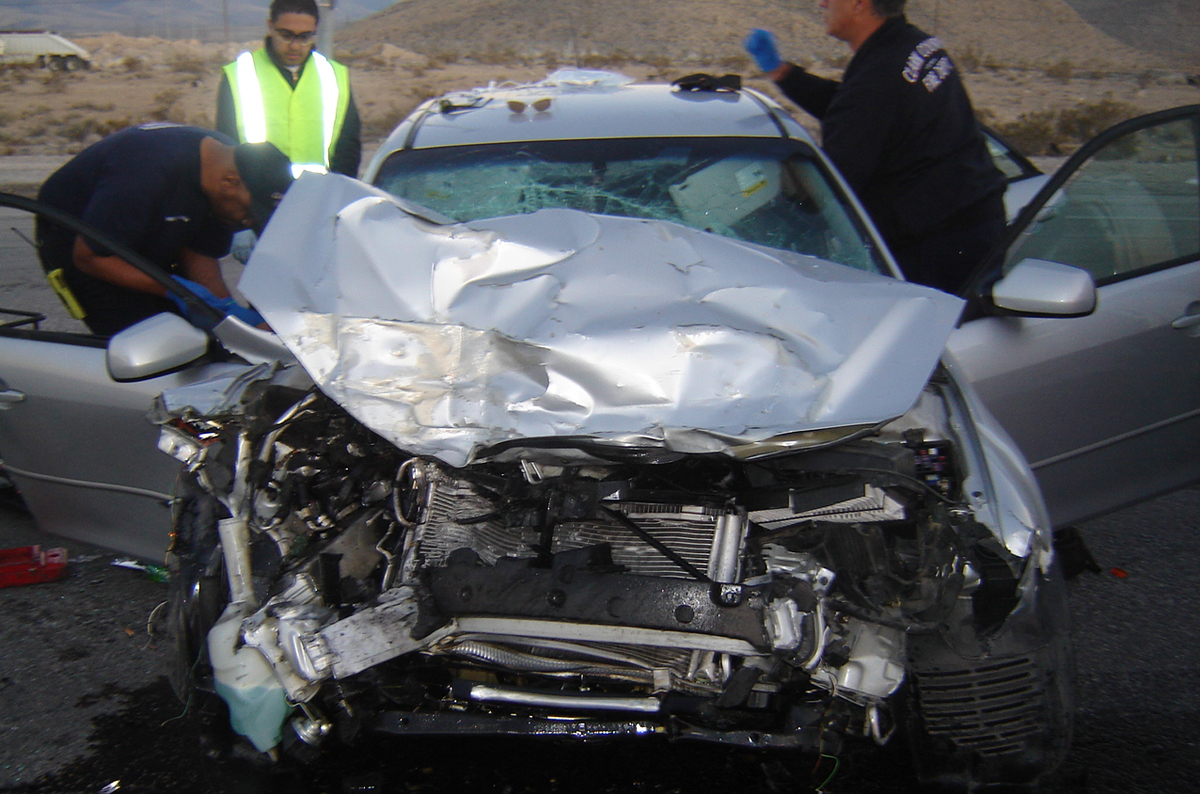Wrong way crashes are serious and often fatal. But what can possibly be done when you notice a car coming at you unexpectedly in the wrong direction? A Triple-A study found that between 2010 and 2018 there were almost three-thousand fatal wrong way crashes nation-wide, and these accidents resulted in 3,885 deaths, which averages out to a little more than four hundred deaths per year. Of these deaths, fifty-two percent were of the wrong-way driver, while forty-one percent were the occupants of the other vehicle, with the remaining six percent were the passengers in the vehicle traveling the wrong direction. [1]
What are the leading causes of wrong way collisions? The following are the most common factors involved in such crashes:
- Driving under the influence— This may come as no surprise, but drivers with a blood alcohol concentration greater than 0.08 g/dL. According to a study by the AAA Foundation for Traffic Safety, drunk drivers are 36 times more likely to be involved in a wrong-way crash. Driving under the influence does not exclusively refer to alcohol, and studies have found that those under the influence of drugs like marijuana are also at a greater risk of causing a wrong way crash.
- Unlicensed Drivers— Those without drivers’ licenses, suspended, revoked, or expired licenses are more likely to be wrong-way drivers than those who hold proper licensing to be on the road.
- Age of the Driver— As people get older, their odds of being a wrong way driver can increase, especially after the age of seventy.
- Age of the Vehicle Involved— Drivers with older models of cars (older than six years) are more likely to be wrong-way drivers than those with newer vehicles (between 0 and 5 years old). This is due to newer technologies that allow for wrong-way detection in newer cars. [2]
Seeing a wrong-way driver barreling towards you can be scary, and most are unsure what to do when put in such a situation. The following are some steps to take to avoid and reduce the chance of involvement in such a crash:
- Use extra caution at night, as well as on the weekend— The National Transportation Safety Board finds that seventy percent of wrong-way crashes occurs between 6 pm and 6am, as well as are more likely to occur on weekends than on the weekdays. This could possibly coincide with the increase of DUIs during this time.
- Drive on the Right Lane— Seven out of nine wrong way drivers tend be on the left-most lane closest to the median. Driving on the right lane can decrease the chance of being near the median which an oncoming vehicle can cross.
- Avoid Distracted Driving— distracted driving is one of the primary causes of accidents, but it can also result in slow reaction times in the event of an accident involving a wrong-way vehicle. Distracted driving includes eating, being on your phone, texting, etc. Being fully alert can give you the opportunity to avoid a wrong-way driver, and potentially save lives. [3]
If you come across a wrong way driver, try to safely pull over to the shoulder of the road without applying your brakes. It is better to swerve than break as you are more likely to avoid the oncoming vehicle due to the short amount of time you have to react. If you do manage to avoid the driver, report them immediately by calling 911, as this can save someone else’s life.
Wrong-Way Driver Detection System Installation in Southern Nevada
On Tuesday August 15th, the Nevada Department of Transportation announced that it installed four wrong way driver detection systems on interchanges in Southern Nevada. The first was placed on I-15 at the Starr Avenue ramp. The other three are on U.S. 95 on the Kyle Canyon, Skye Canyon, and Durango ramps.
Wrong way detection systems utilize radars and cameras in order to identify a vehicle which enters the ramp in the wrong direction. The wrong way vehicle will then trigger red flashing lights on the wrong-way signs. These signs are placed strategically at four feet, which is considered the most visible height to drowsy or impaired drivers.
NDOT is hopeful that this system can successfully reduce the number of wrong-way accidents in Southern Nevada, and a recent study found that eighty-four percent of wrong-way vehicles identified by the detection system were able to safely turn around before entering the freeway [4] .
[1] https://aaafoundation.org/fatal-wrong-way-crashes-on-divided-highways/
[3] https://www.automotive-fleet.com/326170/how-to-avoid-wrong-way-drivers


